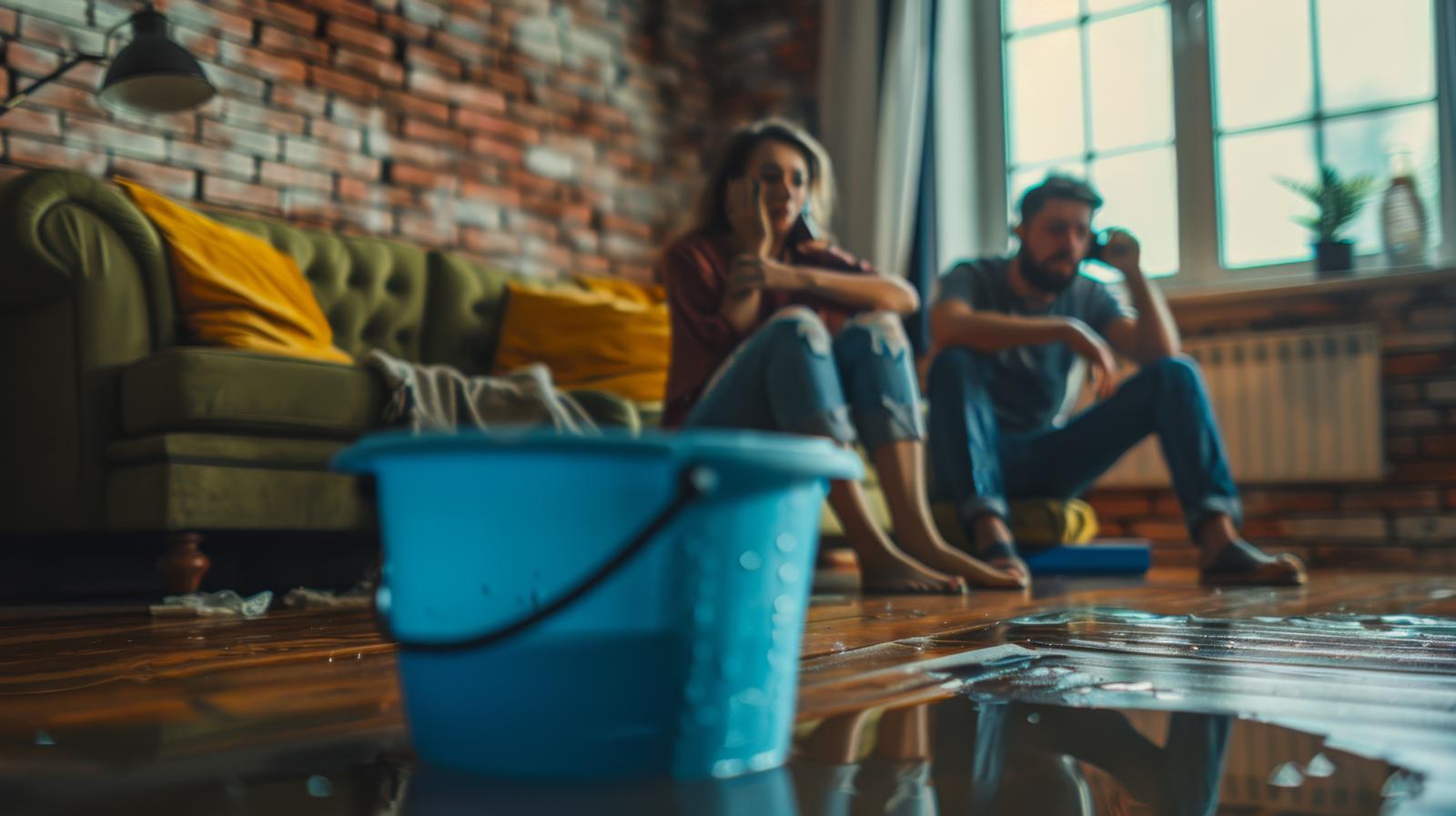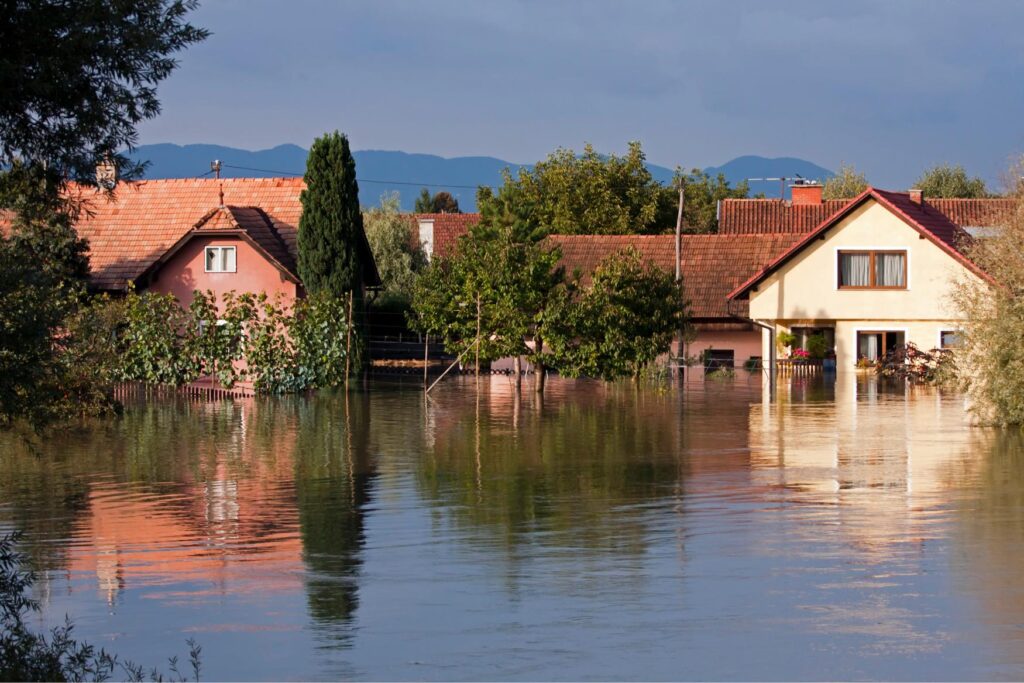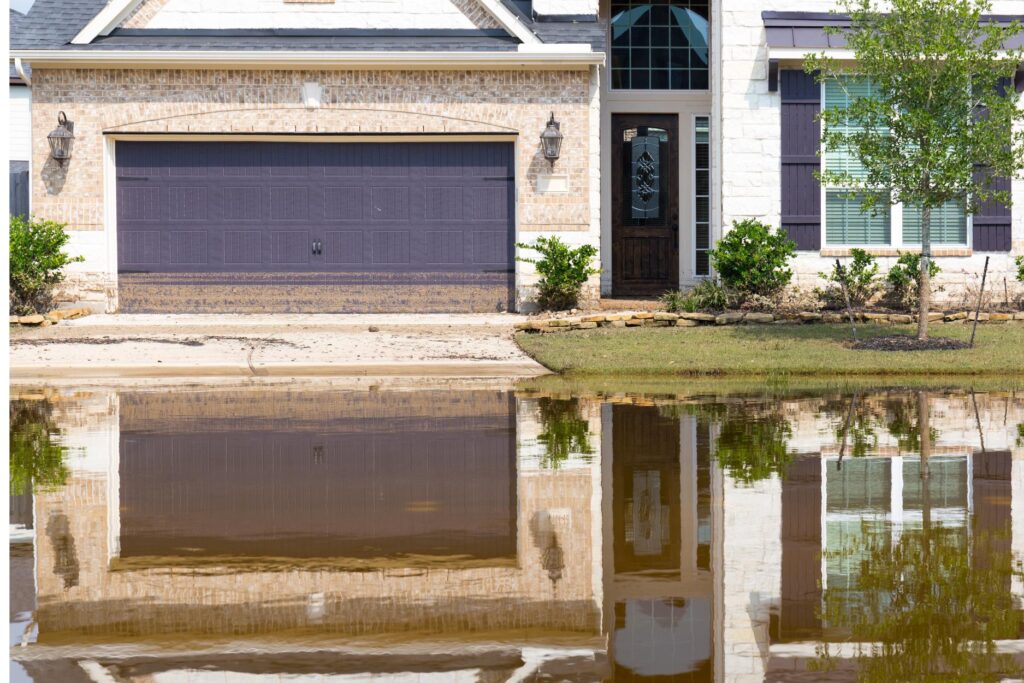Contents
When facing water damage cleanup, you’ll want to understand the crucial steps involved in restoring your property. Each phase plays a vital role in the cleanup process, from assessing the initial damage to employing effective drying techniques. But there’s one key aspect that often gets overlooked, a critical step that can make or break a successful restoration endeavor. Curious to uncover this often underestimated element that can significantly impact the outcome of your cleanup efforts?
Key Takeaways
- Utilize professional restoration services for comprehensive cleanup and repair.
- Employ effective water extraction techniques to prevent further damage.
- Focus on thorough drying with air movers and dehumidifiers.
- Address mold remediation promptly to prevent health hazards.
- Ensure structural integrity by addressing damage and restoring property.
Assessing the Damage
To begin the water damage cleanup process, carefully survey the affected areas to assess the extent of the damage. Damage evaluation is crucial at this stage to determine the best restoration options for your property. Start by inspecting the walls, floors, and ceilings for any visible signs of water damage. Look out for discoloration, peeling paint, or bulging areas, as these could indicate hidden water accumulation. Check for musty odors, which might suggest mold growth due to prolonged moisture exposure.
Move furniture and belongings to a dry area to prevent further damage and facilitate the assessment process. Take note of any items that are beyond repair and need replacement. Pay attention to electrical appliances and wiring that may have been affected by water, as these pose safety hazards if not handled properly.
Once you have identified the extent of the water damage, consider your restoration options. Depending on the severity of the damage, you may need professional assistance to ensure thorough cleanup and restoration. Water extraction, drying, dehumidification, and mold remediation are common steps in the restoration process.
Remember that prompt action is essential to prevent further deterioration of your property and belongings.
Water Extraction Techniques
Inspecting the affected areas for water damage, the next step involves employing effective water extraction techniques to mitigate further harm and restore your property. Moisture detection is crucial in this process. Utilizing specialized equipment such as moisture meters and infrared cameras, professionals can identify the extent of water infiltration accurately. This allows them to target specific areas for extraction, preventing secondary issues like mold growth.
Once the moisture levels are assessed, the focus shifts to structural drying. This step strategically places air movers and dehumidifiers to eliminate excess moisture from walls, floors, and other affected surfaces. The goal is to restore normal humidity levels and prevent structural deterioration.
Professionals may also use techniques like dehumidification to expedite the drying process. By removing excess moisture from the air, dehumidifiers aid in drying wet materials effectively. This comprehensive approach ensures that all traces of water are removed, reducing the risk of long-term damage and microbial growth.
Drying and Dehumidification Process
Utilizing specialized equipment such as air movers and dehumidifiers is essential in the efficient drying and dehumidification process following water damage cleanup. Air circulation plays a crucial role in accelerating the evaporation of moisture from surfaces and materials affected by water damage. Air movers’ strategic placement helps enhance airflow, promoting faster drying by preventing stagnant air pockets that can prolong the drying process.
Moisture control is another key aspect of the drying and dehumidification process. Dehumidifiers are vital in reducing the humidity levels in the affected area, preventing secondary damage such as mold growth. These devices extract excess moisture from the air, aiding the overall drying process.
During the drying phase, monitoring the humidity levels and moisture content in the air and materials is essential for assessing progress. Professionals use moisture meters to measure the moisture levels in different surfaces and materials, ensuring thorough drying and preventing potential issues down the line.
Efficient drying and dehumidification are critical in preventing further damage and restoring the affected area to its pre-loss condition. By employing proper air circulation techniques and maintaining moisture control, you can expedite the drying process and mitigate the risk of secondary damage.
Mold Remediation Procedures
Cleaning mold growth requires a systematic approach that addresses visible and hidden mold contamination. Mold remediation is crucial to prevent health hazards and further damage to your property.
Here are some expert tips to guide you through the mold remediation process:
Assessment: Begin by conducting a thorough inspection to identify the extent of the mold infestation. This includes checking hidden areas where mold commonly thrives, such as behind walls and under carpets.
Containment: Implement proper containment measures to prevent the spread of mold spores to clean areas. This involves sealing off the contaminated area using plastic sheeting and negative air pressure machines.
Remediation: Utilize appropriate cleaning techniques and solutions to remove mold from surfaces. It’s essential to scrub surfaces meticulously and ensure thorough drying to discourage mold regrowth.
Prevention Methods: After remediation, focus on preventing future mold growth by addressing underlying moisture issues. Fix leaks, improve ventilation, and maintain indoor humidity levels below 60% to create an inhospitable environment for mold.
Restoration and Repair Services
To restore your property after water damage, professional restoration and repair services are essential to ensure thorough cleanup and structural integrity. When selecting a restoration company, consider factors such as their expertise, reputation, and response time. Prompt emergency response is crucial to mitigate further damage and begin the restoration process swiftly.
Professional restoration services involve a comprehensive assessment of the water damage, including moisture levels, potential structural issues, and the extent of damage to belongings. Skilled technicians use specialized equipment to extract water, dry the affected areas, and sanitize to prevent mold growth.
Insurance coverage plays a significant role in the restoration process. It’s advisable to review your insurance policy to understand the extent of coverage for water damage. A reputable restoration company can assist in documenting the damage for insurance claims, ensuring a smoother process.
Repair services encompass fixing structural damage, replacing damaged materials, and restoring your property to its pre-damaged condition. Experienced professionals will address issues such as warped floors, weakened walls, and compromised electrical systems.
Final Thoughts
Don’t forget to address the water damage promptly with expert cleanup services to ensure a swift and thorough restoration process.
By following the tips provided, you can minimize the impact of water damage and protect your property from further harm.
Remember, professional assistance can significantly improve the outcome, so don’t hesitate to seek help when needed.
Take care of your space and enjoy a refreshed and revitalized environment in no time.




